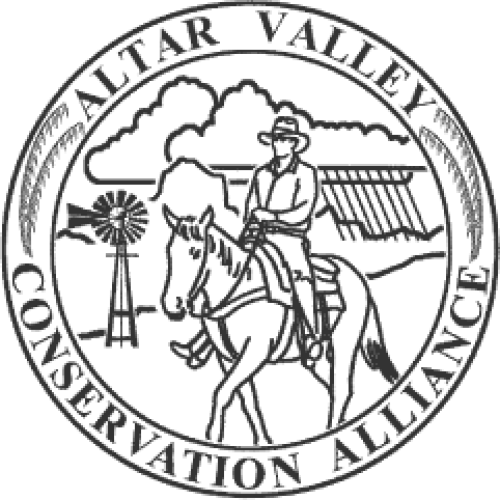Abstract
Ranches are being converted to exurban housing developments in the southwestern United States, with potentially significant impacts on biological diversity. We surveyed butterflies on 48 plots in grasslands, mesquite savannas, and oak savannas in southeastern Arizona that were grazed by livestock, embedded in low-density housing developments, or both, or neither. Results suggest that livestock grazing had little impact on butterfly species richness or abundance, while exurban development had minor impacts compared to negative effects that have been documented elsewhere in more fully developed urban and suburban landscapes. However, our data indicate that conversion of ranchland to exurban development has not been without consequence to butterflies. First, relatively immobile species with multiple broods and/or generalized diets were positively associated with development in grasslands, unaffected in mesquite savannas, and often negatively associated with development in oak savannas. Second, while abundance and variety of butterflies were positively correlated with plant species richness and cover in undeveloped landscapes, such correlations were not present in exurban areas. These results suggest that increased resources associated with housing development, including water, shade, and nectar, and possible negative impacts of increased avian predation and pesticide use, caused relationships between butterflies and native vegetation to be less tightly coupled in exurban than in undeveloped landscapes. [AUTHOR ABSTRACT]

Reports and other documents about Sonoran Desert ecology, management, and conservation. Curated by the not-for-profit Altar Valley Conservation Alliance (AVCA) located outside Tucson, AZ.